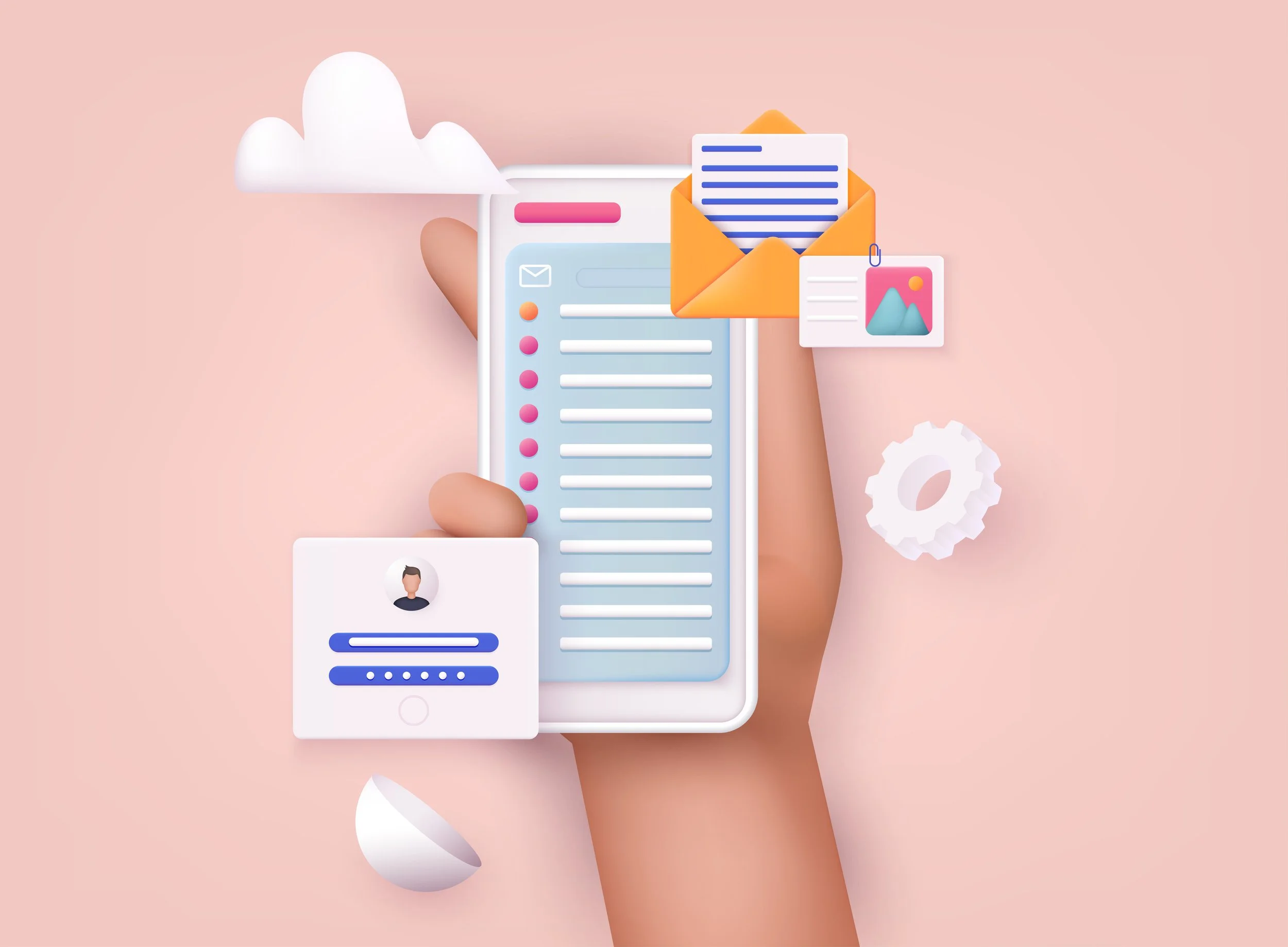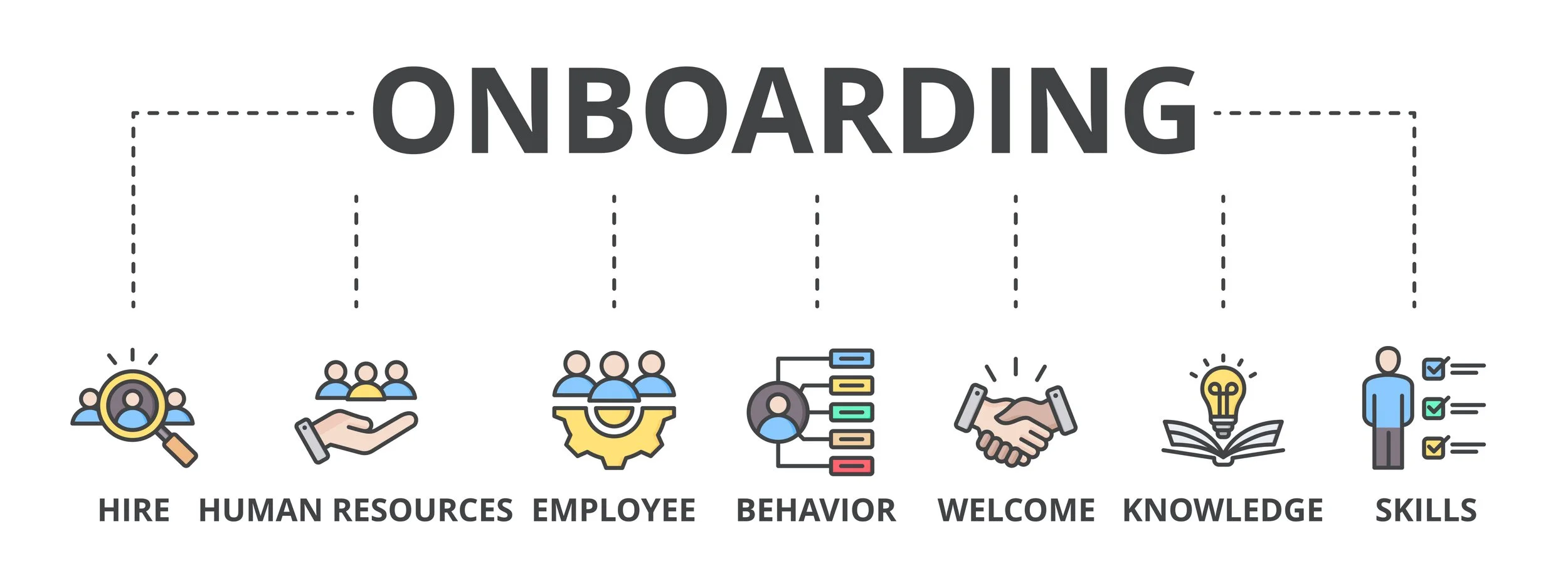Why e-Inductions Are Essential for Growing Australian Businesses
In today’s dynamic business landscape, where hybrid teams, skills shortages, and compliance requirements converge, onboarding has become a critical function. But for many organisations, onboarding is still seen as a low-priority checklist item—an outdated, manual process that fails to engage, inform, or inspire.
For small, medium to large Australian businesses, this traditional approach can hinder performance, drain resources, and limit scalability. The solution? e-Inductions—structured digital onboarding programs designed to support growth, compliance, and productivity from day one.
eInductions offer scalable digital solutions for businesses to ensure new hires hit the ground running.
What Is an e-Induction?
An e-Induction is an online onboarding experience that delivers essential training and orientation to new hires through interactive, accessible modules. It typically includes:
WHS and compliance training
Company policies and procedures
Culture, values, and role expectations
Videos, quizzes, and scenario-based learning
Optional multilingual or plain-English support
Accessible via desktop or mobile, e-Inductions allow employees to complete key onboarding steps at their own pace—before, during, or after their first day.
e-Inductions are online onboarding that welcome new hires, covering essential knowledge and skills.
Why Onboarding Needs to Be a Strategic Priority
Onboarding sets the tone for your organisation. It impacts whether a new hire feels prepared, supported, and committed—or confused, disengaged, and ready to leave. And the data is clear:
One in three employees regret joining their organisation due to poor onboarding (Gallup, 2022)
Only 12% of employees strongly agree their company does a great job onboarding (Gallup, 2022)
Effective onboarding can improve employee retention by up to 82% and productivity by over 70% (Glassdoor, 2023; Oak Engage, 2024)
In Australia, these concerns link directly to national business performance. According to the 2024 KPMG report on productivity in Australia, improving workforce capabilities and operational efficiency is essential for sustainable growth—especially as the country faces economic uncertainty and demographic change (KPMG, 2024: Trends in Australia’s Productivity Growth).
The Business Case for e-Inductions
e-Inductions are more than digital information sessions. They’re strategic assets that allow your business to:
1. Maximise Efficiency
Manual onboarding is time-consuming. A 2024 HRD Australia report found that HR professionals in mid-sized companies spend up to 30% of their time on repetitive onboarding tasks. e-Inductions automate that work, freeing HR and managers to focus on higher-value activities.
2. Optimise Consistency
When content is centralised and digital, you can ensure every hire—no matter the site, shift, or role—receives the same clear, up-to-date information. This helps reduce errors, confusion, and non-compliance.
3. Leverage Organisational Knowledge
Capture workplace expertise, policies, and procedures once, and deliver it across your workforce without duplication. This protects business continuity and ensures new hires understand both the what and why behind your operations.
4. Scale With Confidence
Whether you're onboarding five people or five hundred, e-Inductions allow you to expand without increasing HR headcount or losing quality. They are ideal for multi-site operations, seasonal or remote workers, and decentralised teams.
Solving Key Business Challenges
“Our onboarding is taking too much time.”
e-Inductions eliminate repetitive admin by delivering pre-recorded or auto-progressing content. Managers can focus on building rapport—not reading policies aloud.
“We’re growing fast, but our systems aren’t keeping up.”
Growth creates pressure. e-Induction platforms help you onboard at scale, maintain compliance, and avoid bottlenecks.
“New hires aren’t staying long.”
According to SEEK’s 2024 Talent Trends Report, 34% of Australian workers who left within 12 months cited poor onboarding. A well-structured e-Induction reduces that risk by building confidence and clarity from the start.
“We can’t prove who’s done their training.”
For regulated industries, audit readiness matters. e-Induction platforms provide dashboards and completion records—ensuring you’re always ready to demonstrate compliance.
Features of a High-Impact e-Induction System
An effective e-Induction should be:
Mobile-accessible for flexible learning
Plain-English or multilingual, if needed
Customisable to reflect your brand and industry
Interactive, using quizzes and real-life scenarios
Trackable, with built-in reporting and analytics
At Concinnity, we design e-Induction systems that meet these standards—and go further.
Digital eInductions are mobile-accessible, interactive, trackable and customisable.
How e-Inductions Contribute to Business Growth
A robust e-Induction system helps you:
Onboard faster and more consistently
Reduce onboarding costs and manual hours
Retain employees by offering a better first experience
Ensure compliance with WHS, privacy, and legal standards
Improve team cohesion and cultural alignment
Support inclusive hiring for regional and CALD workers
These improvements directly support workforce productivity—one of the key focus areas identified in KPMG’s 2024 report, which emphasises that “skills, leadership, and technology adoption are central to reversing productivity declines” (KPMG, 2024, p. 7).
Why Partner With Concinnity?
Concinnity is a specialist in eLearning and digital transformation. We work with organisations across Australia to design onboarding that’s:
Role-relevant and industry-specific
Fully branded and easily updateable
Audit-ready with tracking and quiz results
Inclusive of diverse cultural and language needs
Delivered through standalone portals or integrated into your LMS
Is mobile friendly and does not require computers
Great for group inductions
Works alongside mentoring and buddying programs
We don’t just help you onboard—we help you scale, systemise, and succeed.
Ready to Modernise Your Onboarding?
If your current process is inconsistent, time-consuming, or a barrier to growth—now is the time to explore the benefits of e-Inductions.
Book a free consultation: info@concinnity.au
Explore more: www.concinnity.au
References
Gallup (2022). The Real Cost of Poor Onboarding. https://www.gallup.com
Glassdoor (2023). Employee Onboarding Statistics. https://www.glassdoor.com
Oak Engage (2024). Employee Onboarding Trends. https://www.oak.com/blog/employee-onboarding-statistics
HRD Australia (2024). State of HR in Australia. https://www.hcamag.com/au
SEEK (2024). Talent Trends Report: EVP & Retention Insights. https://www.seek.com.au/
KPMG (2024). Trends in Australia’s Productivity Growth. https://assets.kpmg.com/content/dam/kpmg/au/pdf/2024/trends-in-australias-productivity-growth.pdf



